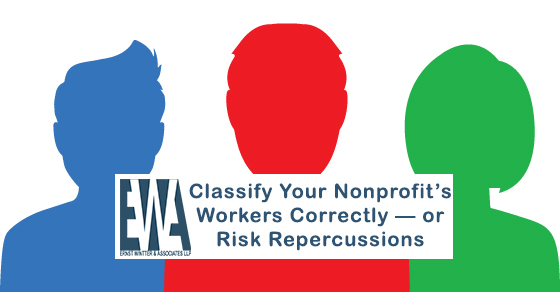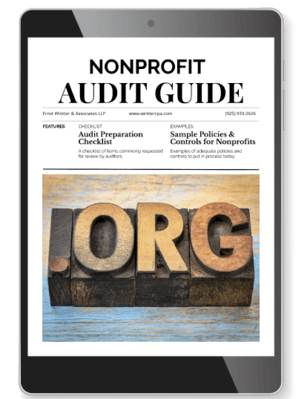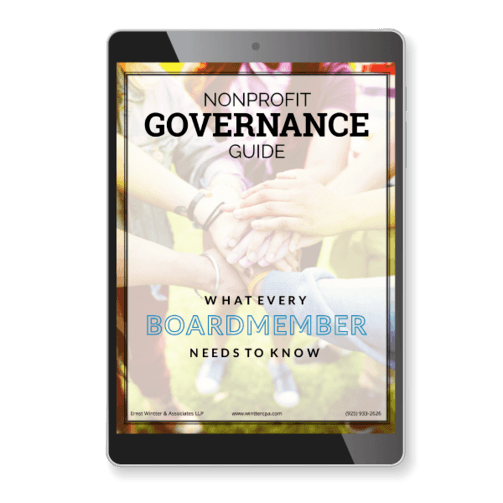Because of an acute labor shortage and budget deficits related to the pandemic, many nonprofits have operated without a sufficient number of workers during 2022. The nonprofits that struggled with hiring workers began recruiting independent contractors to fulfill employment needs for short-term or one-and-done projects and fundraisers. Classify Your Nonprofit properly to streamline operations and ensure compliance when hiring staff or contractors. Learning how to effectively classify your organization helps establish a structured and purposeful approach to your mission. However, according to the Internal Revenue Service (IRS) and the United States Department of Labor (DOL), nonprofits can run into legal trouble if they misclassify workers.
The misclassification of workers represents one of the most common mistakes made by nonprofits, which typically results in financial penalties assessed by the IRS and DOL. During the few years leading up to the pandemic, the IRS stepped up its enforcement of employee classification for nonprofit workers. Now that the pandemic has started to wane, the IRS has returned to focusing on the classification of employees as done by nonprofit organizations.
This means you have to classify your nonprofit’s workers correctly or risk repercussions.
DOL Guidelines
In March of 2021, the DOL clarified the guidelines for classifying independent contractors. The final rule issued by the DOL confirms the use of the economic reality test, which determines whether individuals work for themselves or for an organization on which they depend for compensation. DOL rules evaluate two factors: The nature and degree of control over the work done by a worker and a worker’s opportunity to earn a profit based on an investment.
If the DOL cannot determine the results associated with the first two factors, the federal government agency moves on to three additional factors to establish whether a worker works as an independent contractor or an employee for an organization. The amount of skill required to hold down a job is one of the additional factors, as is the length of the working relationship between a worker and an employer. For example, the DOL is more likely to view a worker as an employee if the worker has held the same job for several consecutive years. The third additional factor takes into account whether the work completed is part of the production process.
IRS Guidelines – Classify Your Nonprofit
Just because a worker submits IRS Form 1099 does not mean the IRS classifies the worker as an independent contractor. Instead, the IRS refers to a wide variety of factors before determining the employment status of a worker.
First, the IRS assesses the level of behavioral control. The more control an employer has over a worker, the more likely the worker should be defined as an employee. Behavioral control includes scheduling a worker and assigning tools, uniforms, and/or equipment to a worker. Financial control involves deciding where the source of income comes from for a worker. If an organization pays the wages of a worker, the worker most likely is an employee. The IRS also reviews the professional relationships between both parties. Contractors usually work on a specific project, while employees work for an organization in a permanent relationship.
Misclassifying employees as independent contractors can lead to serious tax liabilities, penalties, and compliance issues. It’s essential to evaluate the full working relationship and not rely solely on documentation like a 1099 form.
If a lack of workers and/or budget deficits prevent your nonprofit from hiring enough workers, and you are not sure how to classify new workers, contact Ernst Wintter & Associates to receive trusted guidance. Their expertise can help your nonprofit avoid costly errors and maintain proper IRS compliance.
Ernst Wintter & Associates provides California nonprofit audits, broker dealer audits, tax services, and 401(K) audit services. Contact us for more information.








